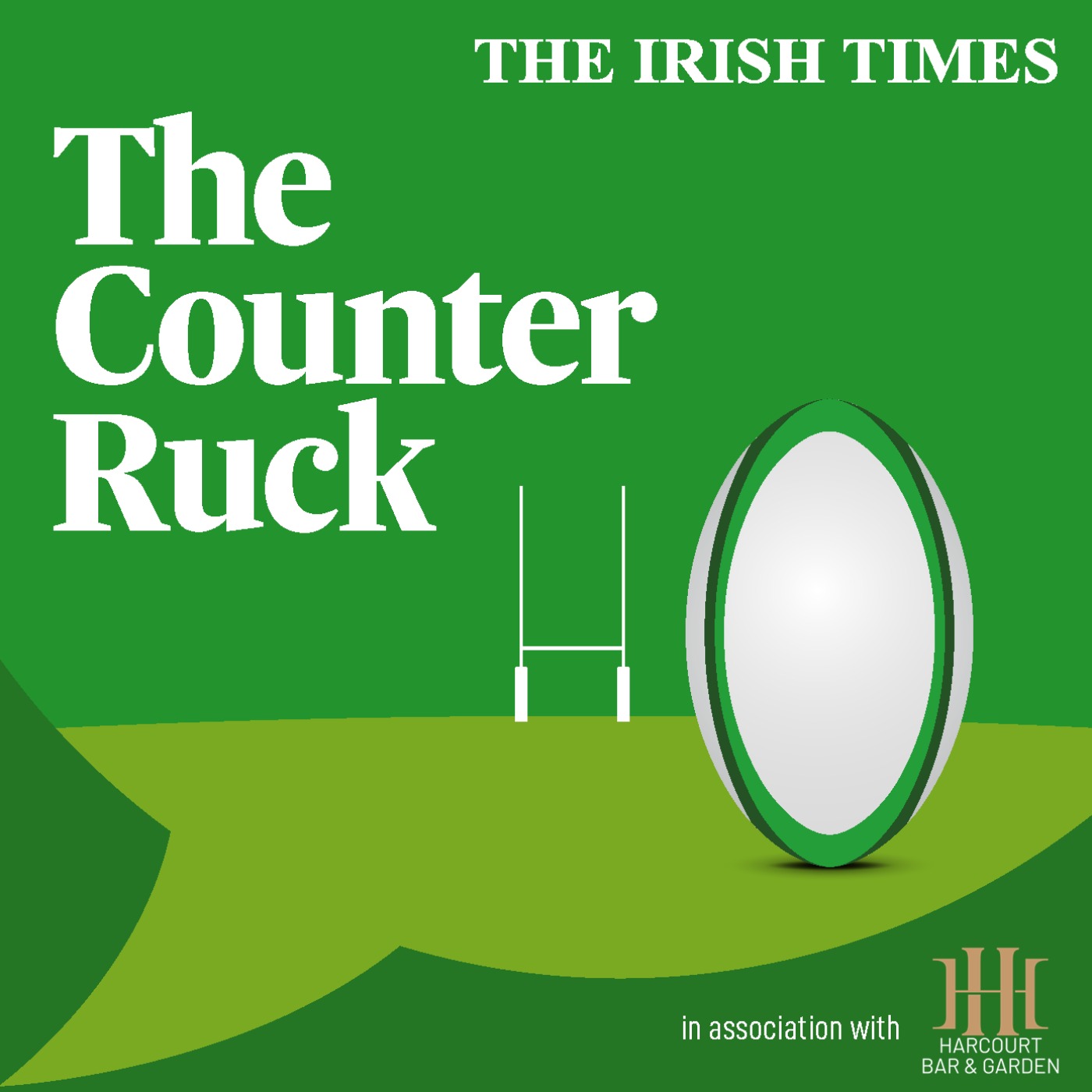For the fourth time in as many months, teams coached by Joe Schmidt and Andy Farrell go head-to-head. The Lions tour of Australia was overflowing with Irishmen, which means Saturday’s game features two teams with intimate knowledge of each other.
It’s another case of I know that you know that I know that you know.
Following some outstanding displays against the Lions, Springboks and a courageous late victory against Argentina, Australia’s performances have fallen off a cliff. Against tier-one nations, they have lost five in a row.
At its heart, the Wallabies’ dysfunction can be linked to the lack of a world-class outhalf. Schmidt has searched for a quality 10, giving five different outhalves opportunities across 2025. While there have been a few adequate displays, none have performed to the level required of a top-line international outhalf.
READ MORE
Every national team is hostage to the systems below it and the elite-player pathway below the Wallabies is not producing athletes of the required calibre to shine at outhalf.
Despite warnings and offers of support from many distinguished past players and coaches, those running the technical areas of the Australian High Performance system have continued to plough along the same path.
The days of Australian rugby producing outstanding outhalves such as Mark Ella, Michael Lynagh and Stephen Larkham appear to have gone the way of the extinct Tasmanian tiger.
Gain-line theory is a series of attacking principles based on aggressively taking the ball to the defence. The theory was developed by the genius rugby minds of the 1927 Waratahs. Gain-line theory powered the Wallabies’ attack for 90 years. In an ironic twist, the attacking structures of Ireland and Leinster are completely based on it. Johnny Sexton was one of the greatest ever exponents of its principles. This incredible concept that once drove the art of Australian outhalf play has been tossed onto a bonfire.
There are very few situations in sport that can be described as tragic. However, the wanton destruction of the library of intergenerational knowledge and culture surrounding Australia’s unique outhalf style of play is as close as it gets.
The current batch of Australian outhalves have all been stationary when catching the ball. Attacking-play 101 – and the foundation of gain-line theory – is that players must run on to the ball and attack the defensive line. By standing still while catching the ball, the Australian outhalves deployed an attack so pedestrian they were devoured by the defenders of New Zealand, England and Italy.

The restoration of 35-year-old James O’Connor to the Wallaby number 10 jersey represents many things. Some supporters are grimly holding onto the hope that it’s an old dog for a hard road. O’Connor was a fine player, but his selection is a damning indictment of the dismal internal coaching processes below the Wallabies. He will wear the gold No 10 against Ireland because there is no one else for Schmidt to consider.
As the coaching mantra goes, control the controllables. While the lack of quality Australian outhalves is outside Schmidt’s control, the process of how his team attacks from set plays is under his command.
There is no doubt Schmidt has done a great deal of good for the Wallabies. However, across his tenure, the ultra-conservative attack from set plays has failed to create space or points.

Ireland’s unconvincing Japan job
With Joseph-Aukuso Suaalii at outside centre, Schmidt has a world-class attacking weapon at his disposal. Despite Suaalii’s obvious skills, Australia have continuously failed to involve him in any set-play attack. This has mystified and frustrated supporters.
The set-play attacking plan of the Australia backline is to give the ball to their inside centre, Len Ikitau, who bravely but mindlessly smashes himself into a wall of defenders. Then, like using a Ferrari to collect rubbish, Suaalii’s only role is to clear out the ruck. I wish there was more to describe, but that’s it.
Despite Suaalii being a potential match-winner against Italy, it took 23 minutes before he touched the ball. Inexcusably, match after match, the Wallabies continue to deny possession to the only world-class attacking talent in the team.

Ireland’s backline defensive plan from scrums is a high risk system. It demands that their outside backs rush up, attempting to isolate the attack around the 10 and 12 channels, while leaving swathes of unmarked space out wide. If Australia’s only option is to get Ikitau to bosh it up and they once again ignore the potential of Suaalii, then Ireland will win comfortably.
Australia’s great opportunity is to design attacking plays from scrums that maximise their one explosive attacking player and exploit the glaring weakness in Ireland’s high-risk defence.
When Michael Jordan was in his prime with the Chicago Bulls, his coach Phil Jackson would joke about the game plan being: “Give the ball to Michael.”
If Australia are to have any hope at the Aviva Stadium, they must score multiple tries from their set-play. Schmidt’s attacking set-play plan has to be: “Give the ball to Joseph.”
Both teams are out of form. Ireland’s lineout, attack and set-play defence are well below the standards of their recent past.

In their opening games of November, the body language of both teams has lacked energy and aggression. There has been an absence of a “give me the ball, I will win the game” attitude. Ireland remain mired in post-Lions tour doldrums, while the Bledisloe Cup defeats New Zealand handed to the Wallabies appear to have destroyed self-belief.
The result of this Test will swing on the most fundamental of principles. The team that can most effectively get their processes right will triumph.
If Suaalii is given enough possession and Australia can continue to disrupt Ireland’s lineout, therefore denying the hosts their much-favoured attacking platform, then the Wallabies could pull off an upset.
Logic suggests Australia cannot play so badly for a sixth game in a row. Mind you, that is the exact type of optimism that has broken Australian hearts for 20 years.
Even in their current form, the evidence leans towards Ireland prevailing at home. Not because they are playing well, but because the Wallabies’ recent performances have been so desperately poor.















